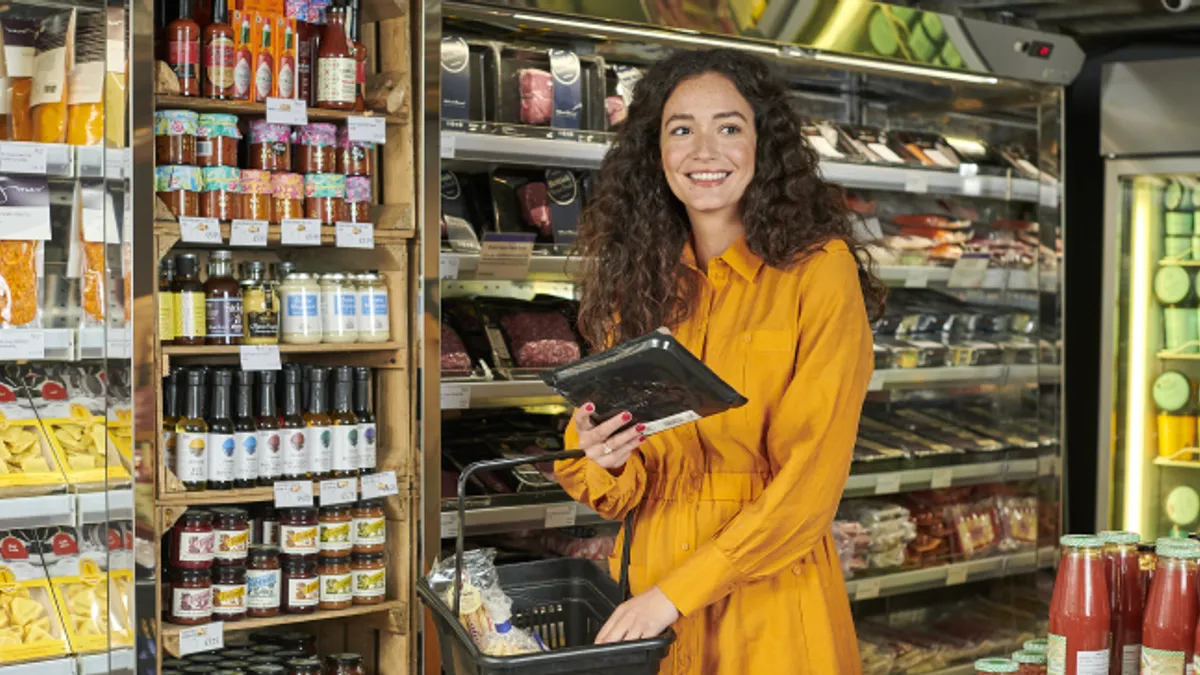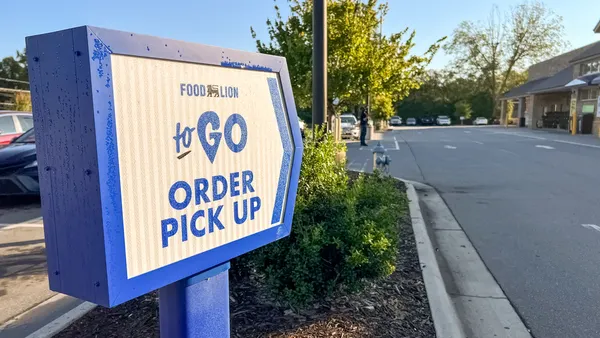-
COVID-19 has accelerated the grocery industry's move to digitally-enabled convenience.
-
While some analysts predict the dominance of one solution over the others, the smarter bet is on ecosystems in which various technologies play to their particular strengths.
-
RFID can be part of an integrated digital ecosystem that delivers contactless shopping, grab-and-go convenience, and vastly improved inventory management.
Spurred by Amazon and other convenience-oriented brands employing breakthrough technology, the grocery industry was already moving toward a digital transformation aimed at making shopping for food faster, easier, and more fun. As early as January 2019, 73% of consumers said they were in favor of self-service technologies to improve the shopping experience and reduce human interaction, according to SOTI's Annual Connected Retailer Survey.
Now, the advent of COVID-19 has accelerated that move, as more consumers seek quick, contactless transactions, and as grocers feel more pressure on their employees and supply chains. What was once about saving time is now about saving lives.
Spending on store technology is already up 3.7% over last year, with the convenience and grocery segments driving that spike. Daily downloads of grocery apps due to COVID-19 jumped 218% in the early part of this year. Venture funding for U.S.-based food tech companies has increased a dizzying 1,566%, from $60 million to $1 billion. And 17% of grocery sales can now be attributed to digital efforts, up from 5% in 2018.
So the question now isn't whether the grocery industry will implement technology to implement frictionless shopping. The question is, which of the available technologies will prevail?
While some analysts predict the dominance of one solution over the others, the smarter bet is on ecosystems of combined technologies in which various solutions play to their particular strengths.
Vision-based systems for example, are impressive technology. The interplay of cameras, sensors, and artificial intelligence is a wonder, and who isn't wowed by the grab-and-go experience?
Yet for many grocers, vision-based systems can be costly and impractical to implement. They require a specific, controlled store environment that means retrofitting existing stores and designing new ones to fit the system rather than the retail brand. They're also not accurate when it comes to differentiating among variable weight-price items that look similar, such as wedge cheeses, packaged cut fruit, and cuts of meat. Plus, the benefits of vision-based systems are largely limited to the customer experience, with little back-end ROI.
That's where RFID tags add tremendous value. In addition to providing a frictionless customer experience that is easier and more cost-effective for many grocers to deploy, RFID also delivers compelling benefits to a grocer's entire operation. Among them:
-
Easier integration. RFID-based systems can be integrated into existing store designs without retrofitting. Stores can be laid out to fit the brand (and the optimal customer experience), not the technology.
-
Item-level traceability from source to shelf. Unlike vision systems, RFID tags enable dramatically improved visibility and traceability across the supply chain.
-
Better with blockchain. RFID enables the logging of chain-of-custody, making it a perfect complement to blockchain solutions.
-
Less waste from expired products. Unlike vision systems, RFID enables automated management of expiry dates, saving cost and reducing waste.
The good news is that RFID and vision-based systems aren't mutually exclusive. Grocers with the need and means to do so can deploy RFID tagging to complement vision-based frictionless shopping in stores while also capturing RFID's unique benefits on the back end. A great example is Neste's innovative RFID enabled store concept in Helsinki, designed to enable a 24/7 frictionless shopping experience.
As the industry learns from early adopters and pilot projects currently underway, we expect grocers to ultimately take a holistic, "agnostic" approach to frictionless technology that integrates artificial intelligence, automation, data sharing, and human intervention to provide personalized, predictive interactions across multiple touchpoints. The decision of which technologies to deploy ultimately comes down to a grocer’s objectives and digital strategy — and how deeply it wants to transform its business.
Download The Future of Frictionless Food, a free report on RFID in the grocery industry. Or reach an Avery Dennison RFID strategist here.










